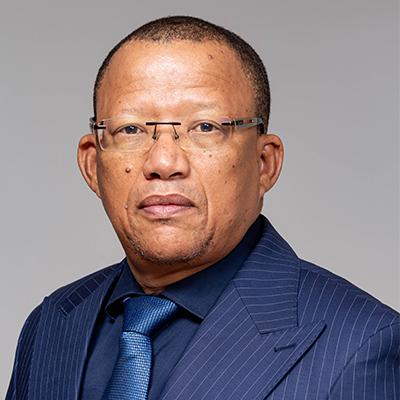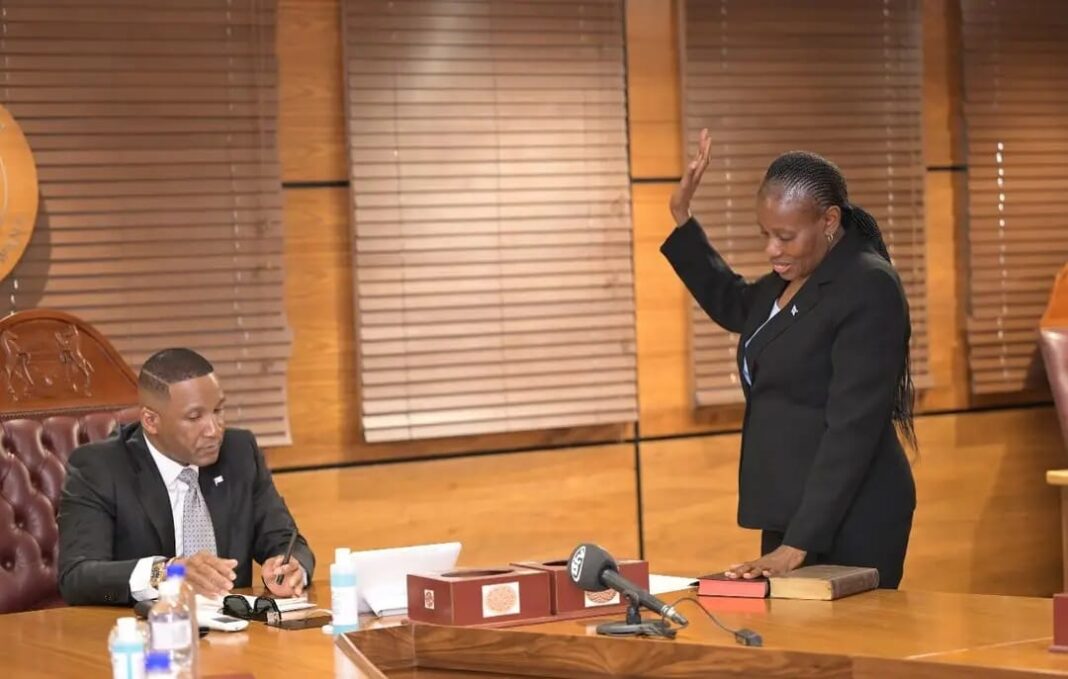The Bank of Botswana (BoB)’s Monetary Policy Committee (MPC) has maintained the Monetary Policy Rate (MoPR) at 1.9 percent, despite growing concerns over short-term inflationary pressures and a slowing domestic economy.
In a statement released after its meeting on 21 August 2025, the MPC noted that inflation dynamics had shifted significantly in recent months, driven by adjustments to exchange rate parameters and aggressive market price-setting. These developments, coupled with commercial banks’ interest rate hikes in response to liquidity shortages, are expected to push inflation upward in the near term.
According to the MPC, Inflation is projected to average 3.5 percent in 2025 before rising to 5.9 percent in 2026, temporarily breaching the upper limit of the Bank’s 3–6 percent objective range in the second quarter of next year. The MPC highlighted that although inflation risks remain tilted to the upside, the pressures are largely supply-driven and expected to dissipate. Demand conditions, meanwhile, remain weak and non-inflationary as Botswana grapples with a contracting economy. The Bank reported that real GDP shrank by 1.7 percent in the year to March 2025, reflecting a steep decline in mining and sluggish performance across non-mining sectors.
Governor Cornelius Dekop, who chairs the MPC, said the central bank would continue pursuing an accommodative monetary policy stance to support recovery and cushion the economy against global headwinds. “Although inflation may temporarily breach the objective range, it is not demand-driven. We see scope to maintain an accommodative stance to sustain economic activity,” the statement read.
Further, the MPC noted mounting liquidity challenges in the financial system, stemming from concentrated funding, uneven distribution among banks, and significant offshore asset holdings. These pressures have forced some banks to bid aggressively for deposits, pushing up wholesale funding costs and prompting hikes in prime lending rates.
To ease the situation, the Bank has rolled out several interventions, including: cutting the Primary Reserve Requirement from 2.5 percent to zero, releasing about P1.8 billion into the banking system; extending repo maturities from overnight to 30 days; raising the threshold for foreign currency trading with commercial banks to USD 5 million; widening forex trading margins to enhance price discovery and liquidity; and engaging with banks to discourage rate changes that undermine monetary policy objectives.
Furthermore, the statement noted that early results show some stabilisation, with reduced reliance on the Bank for forex trading and a pause in prime lending rate increases. However, the MPC warned that these measures alone cannot provide a lasting solution to structural weaknesses in the economy.
In addition, the MPC reflected on the broader economic context stating that Botswana’s fiscal and external positions remain under strain, with the economy heavily dependent on diamond revenues. The MPC stressed the urgency of diversification, pointing to the recently launched Botswana Economic Transformation Programme (BETP) as a key initiative to strengthen resilience.
Globally, the economic outlook remains uncertain, complicated by geopolitical tensions and shifting trade policies. The United States’ recent imposition of tariffs of up to 15 percent on Botswana’s exports poses further risks, potentially denting already fragile growth prospects. The International Monetary Fund (IMF) and the African Development Bank have both downgraded Botswana’s growth forecasts for 2025 to -0.4 percent and 0.8 percent respectively, citing weak demand for diamonds and global trade disruptions.



